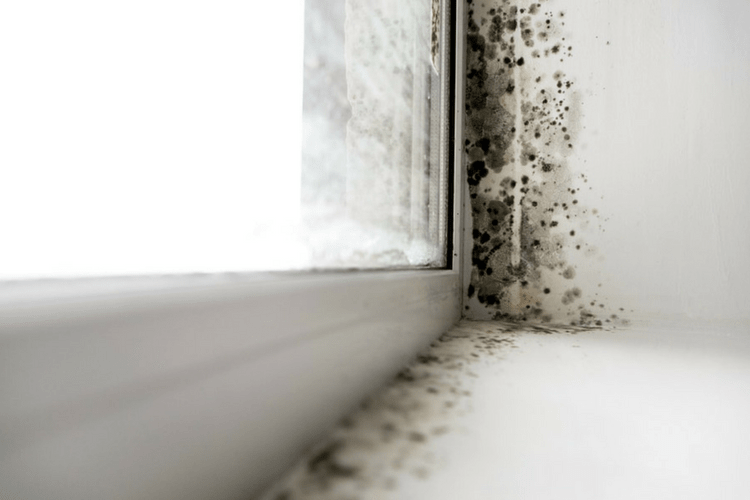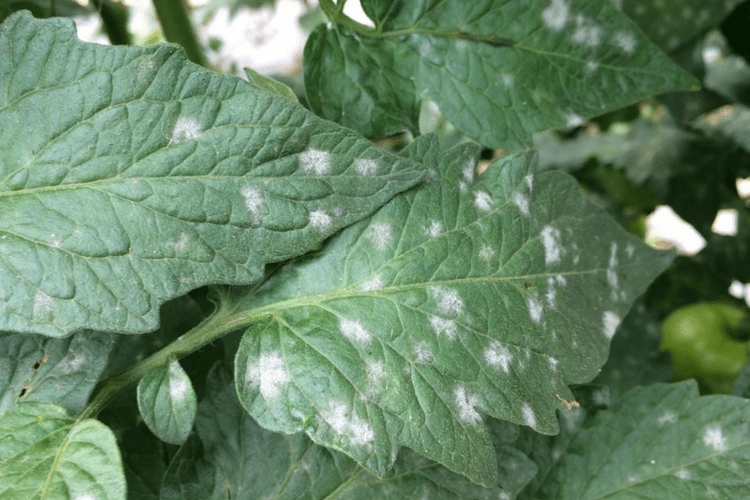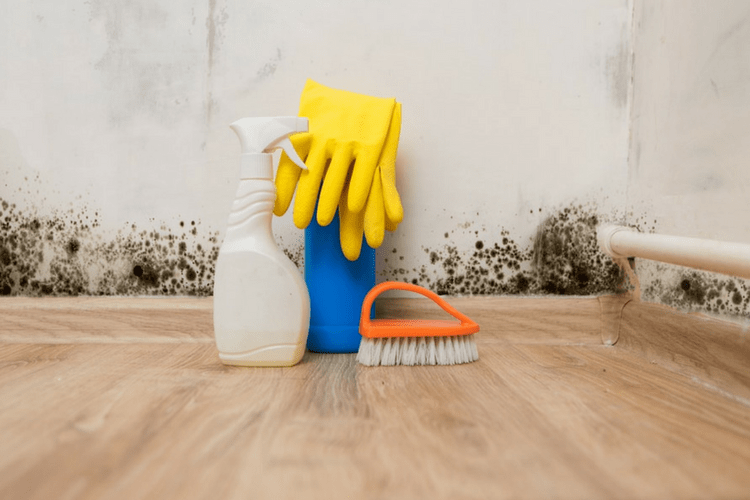Mold Vs. Mildew: What’s the Difference?
It’s easy for people to mix up mold with mildew, considering both are fungi known to thrive in warm areas that have a lot of moisture. But there are some differences between the two that people should know before trying to prevent or treat either from growing. Here’s a rundown of how to tell the difference between mold vs. mildew prior to treating the problem.

What Are the Differences in Appearance Between Mold Vs. Mildew?
One of the most important ways one can tell mold from mildew is how each fungus looks. Mildew is typically white, gray, or yellow and grows on the surface of moist, warm areas. Its texture is fluffy or powdery. On the other hand, mold tends to be green or black, and it usually grows underneath the surface of anything that has gotten wet. Its texture can be fuzzy or slimy.
Where Does Each Type of Fungus Grow?
Both mold and mildew can grow quickly in warm, moist places. But each type seems to have a preference when it comes to where to start growing. Mildew is often found on items that have damp surfaces, with fabric, paper, and leather being some common household items that might end up with mildew after they get wet. Mildew is also sometimes found on the floors, walls, or ceilings of areas with lots of humidity, such as bathrooms, kitchens, or basements. While mildew can also grow on the surface of agriculture — such as potatoes or grapes — mold is most often the type of fungus found on food, such as cheese, bread, or meat. Additionally, it’s not uncommon to find mold in indoor spaces or outdoor fabrics that have gotten wet.

What Are the Effects of Mold Vs. Mildew?
Mold and mildew have different effects on the surfaces where they grow and the people who live in their vicinity. For example, mildew can harm the food it grows on, but it doesn’t typically leave lasting damage to other surfaces, such as tile floors or bathroom mirrors. Additionally, anyone who inhales mildew spores may start coughing, get a headache or have trouble breathing, so this fungus can present some health issues.
However, the effects of mold tend to be more serious. Mold can damage entire structures, including homes and vehicles, and it can cause long-term health problems for people. The difference in the effects of black mold vs. mildew is pretty stark, as reactions to mold can include respiratory issues, heart problems, joint pain, migraines, fatigue, and depression. In addition, anyone who has a mold allergy may experience congestion, sneezing, and irritation of the eyes, throat, and skin. This is why it’s important to prevent or treat mold as soon as possible.

How Hard Is It to Get Rid of Mold Vs. Mildew?
Yet another difference between mold vs. mildew is how difficult it is to get rid of each fungus. With mildew, all it typically takes is a mildew cleaner and a good scrubbing brush. However, mold, specifically black mold, is not an issue that most people should be dealing with on their own since black mold is dangerous and best left to professionals. That being said, you can rely on a premium mold and mildew cleaner to eradicate common mold and mildew fungi.





Thanks for the information it was so so helpful because I had no idea l appreciate it !!!
Very helpful info. Thanks!
I was told that the black spots on the walls of my basement were mildew. This was told to me by Ohio State Waterproofing. Now I’m hearing from you that mildew is white. Should I talk to them again? My parents had there basement/house waterproofed years ago. Have been paying insurance on this for years. (not a ton of money however…) Am going to try and sell the house soon but want the buyer to know the facts. What should I do?
The article stated that mildew could be grey, white or yellow. Thank goodness because we have mildew all over our ceiling from the humidity! Ew!
Thank you for publishing!
I’m still a little confused because I get a pinkish color on the surface of my humidifier if I do not clean it thoroughly on a regular basis. I do not know what this is or what the best way to treat it is, any suggestions?
I believe that what you are seeing is a form of mold…look up pictures of various molds..if I dont get to my showers at least weekly I find this growing around the little lip areas that are just above the the areas that hold your shampoos and/ or sit..I find that there as well as along the shower doors..take a direct spray disinfectant spray it in the are and use a toothbrush to get in the small crack ,you may even find that when you do that you will be pulling out black mold…
I also take the cotton strips that hairdressers use,put bleach on them and press them along the runners of the doors another mold collector…be sure to look at the backside of your handles.
I have small bathrooms with poor ventilation, which causes these issues more often..
I recently started to run a small heater in my bathroom after our shower/bath to dry it quicker..I do this as not only do I have small bathrooms but I’ve got a teen girl and we all know how many showers they take a day!!!lol..
I’m not telling you this is the answer, I’m making suggestions and letting you try them and make your own decisions…